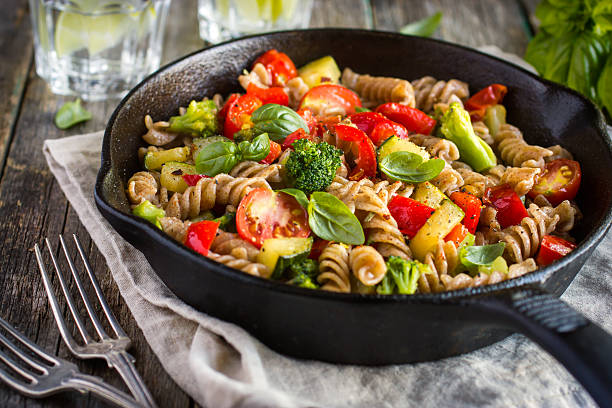Spiraling into the World of Spiralizing: Turning Veggies into Noodles
First, there was the juicing craze, then smoothie bowls took over, now, a new food trend is making waves in the culinary world: the art of spiralizing. This innovative technique involves turning fresh vegetables into noodle-like strands, offering a fun and nutritious alternative to traditional pasta. This article will delve into the world of spiralizing, exploring its benefits, methods, and some scrumptious recipes to try at home.

The Appeal of Spiralizing
There’s no doubt that spiralized vegetables have been making a splash in the food scene lately. And why not? They are healthy, versatile, and most importantly, delicious. They provide a creative twist to your regular dishes, making them more appealing and fun to eat. Plus, they’re a great way to sneak in more vegetables into your diet, especially for those picky eaters.
The Art and Science of Spiralizing
Spiralizing is not just about twisting a vegetable through a gadget and watching it come out the other end in spirals. It is a blend of art and science, where the right vegetable choice and proper spiralizing technique play a crucial role. Zucchinis, cucumbers, carrots, beets, and sweet potatoes are some of the favorites for spiralizing.
The Tools of the Trade
To spiralize, you need a spiralizer. There are various types available in the market, from handheld spiralizers to countertop models. Some food processors even come with a spiralizing attachment. The choice depends on your requirements, budget, and storage space.
Recipes to Try at Home
Spiralized vegetables can be used in a myriad of ways. Here are a few simple and delicious recipes to get you started: Zucchini Noodles (Zoodles) with Pesto, Sweet Potato Noodles with Creamy Garlic Sauce, and Beetroot Noodles with Goat Cheese and Walnuts. These dishes are not only visually stunning but also packed with flavors and nutrients.
Quick Tips and Tricks
- Choose firm and fresh vegetables for spiralizing. Avoid those with a high water content, like tomatoes.
- Don’t peel the vegetables. Most of the nutrients reside in the skin.
- Experiment with different vegetables and sauces to keep things interesting.
- Don’t overcook spiralized vegetables. They should retain a bit of crunch for the best texture.
The spiralizing trend is more than just a culinary fad. It is a fun and innovative way to incorporate more vegetables into your diet. It encourages creativity in the kitchen, promoting healthier eating habits. So, grab a spiralizer and start twirling your way to a nutritious and delicious meal!





